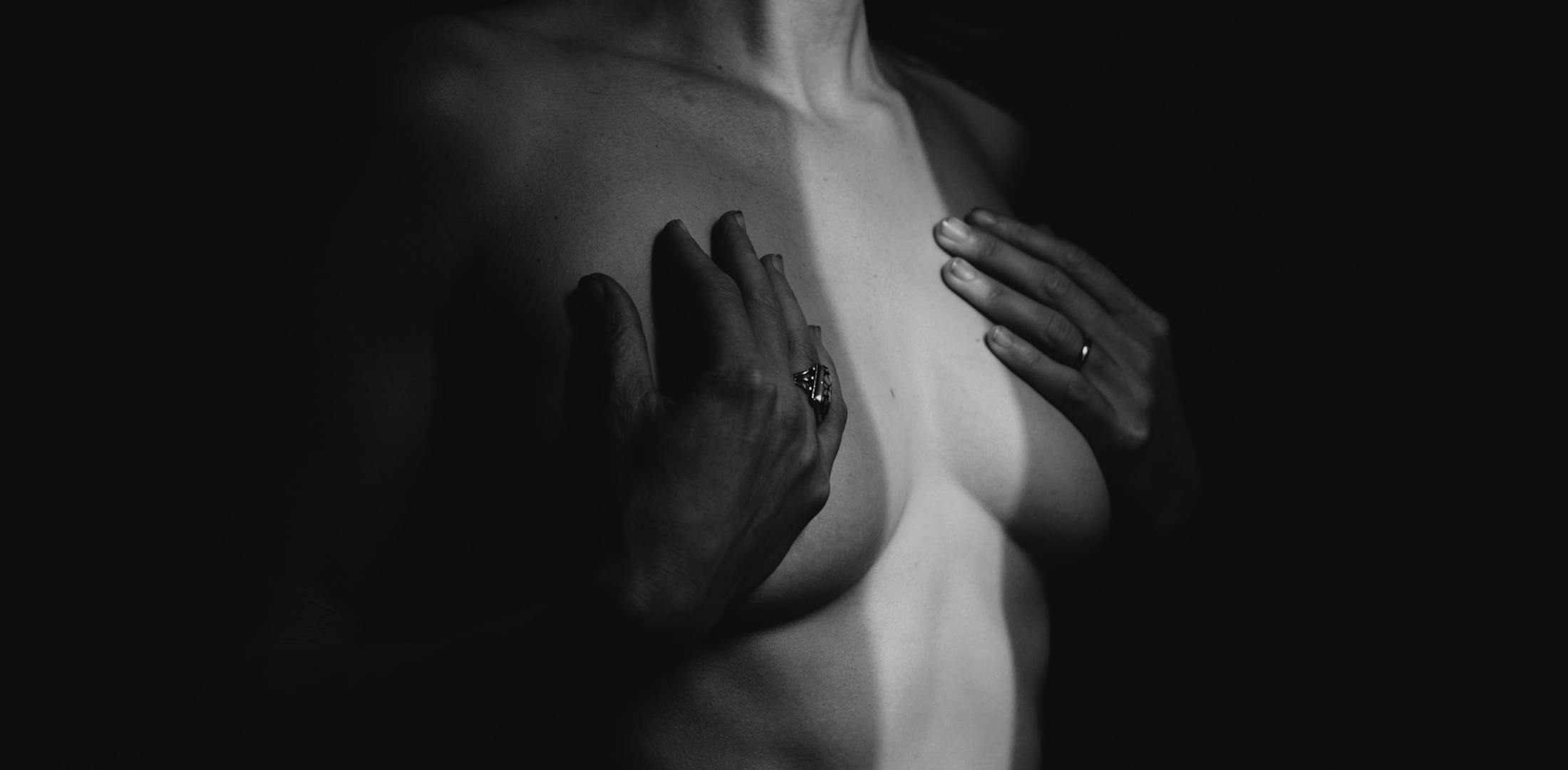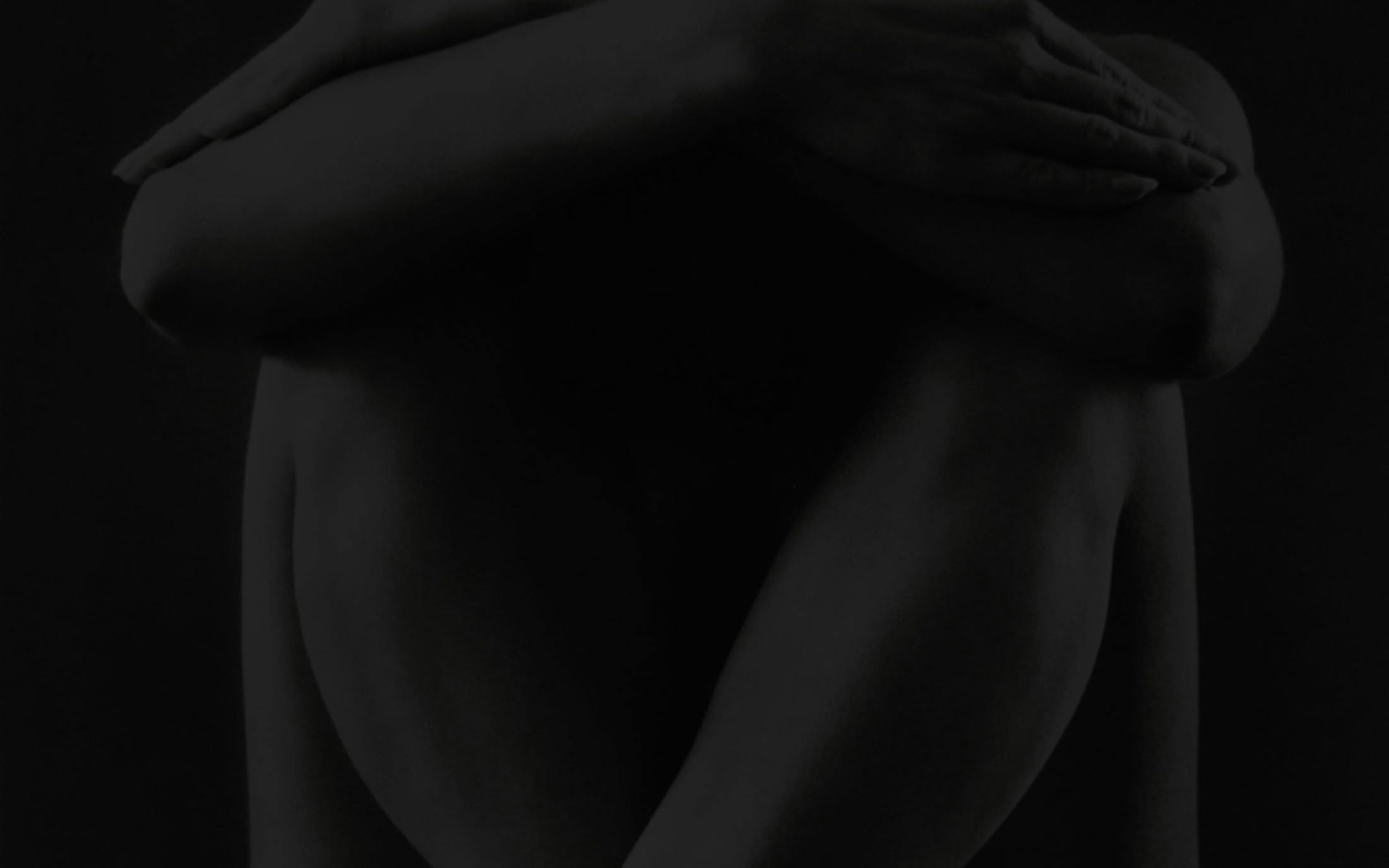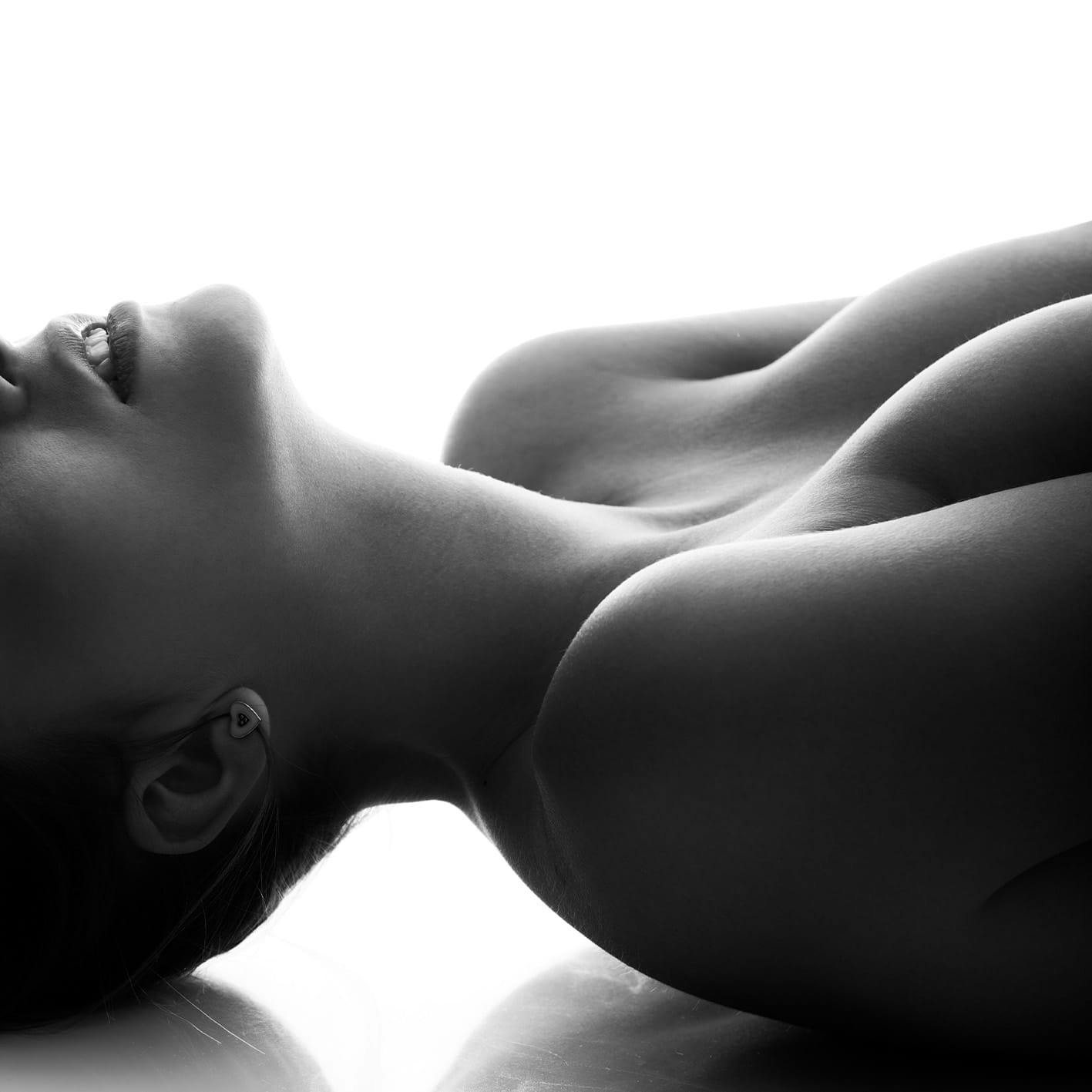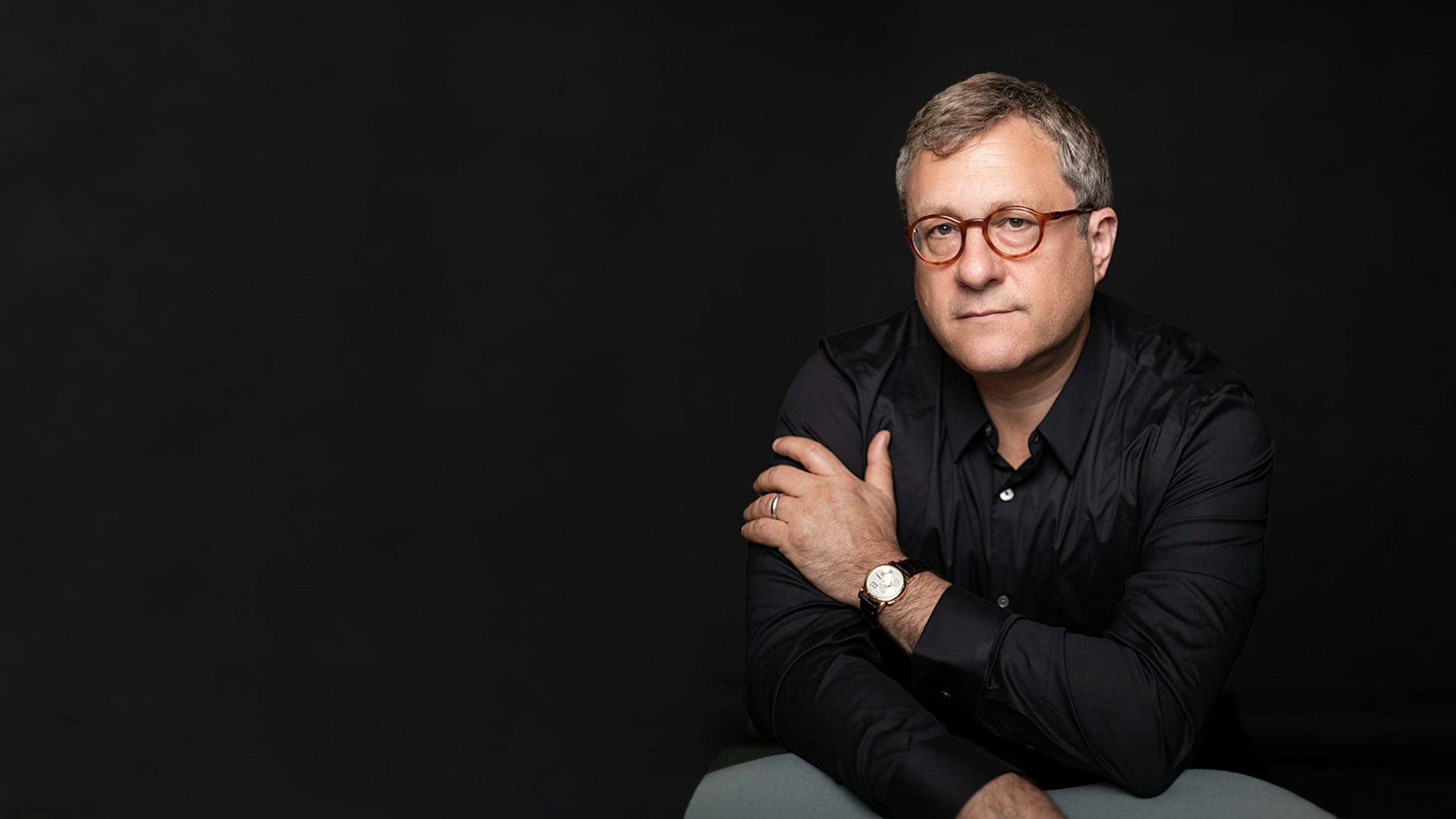Breast Reduction Gallery
Warning:
This gallery contains nudity. Please click OK to confirm you are at least 18 years of age and are not offended by this material.
Ok
Breast reduction is the perfect plastic surgery operation in the sense that it relieves discomfort, improves lifestyle, and enhances appearance. A standard breast reduction is the time honored way of reducing breast size, because it allows for an unlimited amount of breast tissue removal. It also provides the best, maximal control for breast mound reshaping and lifting. But the scars can be significant.
If the skin is good and does not need to be lifted, then a "scarless" reduction can be done (though there are actually two very small incisions underneath the breast.) Only fat can be removed and this technique does not offer the surgeon the ability to reshape, tighten, or lift the breast. But for the appropriate patient, Dr. Teitelbaum's breast reduction in Los Angeles provides gorgeous results and a very satisfying outcome.
This gallery contains nudity. Please click OK to confirm you are at least 18 years of age and are not offended by this material.
Ok

Dr. Teitelbaum is thrilled to perform breast reduction surgery because patients for this procedure are among the happiest in all of plastic surgery. This is because breast reduction is the best, most perfect marriage of a "medically necessary" procedure with an aesthetic procedure.
Many women have significant symptoms from their large breasts: neck and back pain, breast pain, rashes under their breasts, grooving and pain from their bra strap, and much more. Large breasts restrict many women from exercising, jogging, or playing certain sports. They feel their breasts are stared at; they face difficulty finding nice fitting clothing; and find that they look heavier and more short-waisted than they actually are. For women who have suffered with large breasts for many years, the decision to have a breast reduction often comes easy and brings with it a sense of emotional relief. But for the many teenage girls who consider breast reduction, trying to decide whether to have this procedure can be more emotionally charged.
Dr. Teitelbaum's manner is slow and particularly delicate when meeting together with a young patient - this can be a sensitive subject, and his goal is to deliver the best breast reduction Los Angeles can offer. Frequently mothers accompany their daughters to these visits, and occasionally fathers do as well. Parental support and understanding for their daughters considering breast reduction surgery is very important.
Women who would like to reduce overly-large breasts that are uncomfortable or weigh them down are likely candidates for a breast reduction. Women with pendulous breasts may find their activities are restricted or experience neck or back pain. These factors make them likely candidates for breast reduction surgery. Ideal candidates should meet the following requirements:

I am absolutely thrilled with the results of my breast lift and reduction. I am so much more comfortable every day. My bra strap is not pulling and leaving an indent on my shoulder anymore and my headaches have lessened since the surgery. Dr. Teitelbaum is a true artist and a compassionate doctor. He listened to my concerns and answered all my questions. His expertise and the care of his entire team were exceptional. I highly recommend Dr. Teitelbaum to anyone looking for a great surgeon.
I couldn't have dreamt of a better experience! Not only is Dr. Teitelbaum extremely talented, knowledgeable and attentive, the entire team in his office is wonderful. Every office visit I am warmly greeted by name. This goes a long way when you are considering a procedure that requires anesthesia. In my initial consultation, Dr. T. answered all of my questions and took his time to make sure I understood every step of the process. He never tried to upsell me. He is honest and kind. And so are all of the nurses who work with him. The product is beautiful, 4 months into healing. I recommend booking a consultation with him. Don't think twice!
The operation was done very well, and my husband and I are satisfied with the overall results, the contrast where I was with my old breast and now smaller, new breasts, was truly satisfying. There is an issue with capsular contracture to my right breast, which is relatively mild but an isse nonetheless in which Dr. Teitelbaum is figuring out a solution to properly deal with. We're very pleased with his professionalism.
Dr. Teitelbaum listened to my concerns and had a good recommendation for me. He recommended a reduction plus some liposuction near the armpit.
Doctor and office staff are amazing, they welcomed me like I am their family member. Very lovely.
Dr. Teitelbaum and all of his staff are absolutely amazing. I had a breast augmentation just over a year ago and I am obsessed with my results.. I couldn't be happier!! The whole staff was so nice and accommodating from start to finish. They really put all of my anxiety at ease such as having to go under anesthesia to choosing the right size implant for my body to flying back and forth because I came from out of state. They made the whole process from scheduling my consultation to surgery day very easy for me. Dr. Teitelbaum took all my concerns seriously as well as his staff. I feel like they all genuinely cared about me getting the results I wanted and they absolutely delivered.. From a seamless procedure to getting back to work within a couple days. My confidence has sky rocketed...If I ever have any future work done I will definitely come back to Dr. Teitelbaum because he has changed my life for the better!!
After two procedures with Dr. T, there is no other plastic surgeon I would recommend in the United States. I've never walked into the office with a photo or inspo-pic because his expertise and tenure attest to his ability to personalize every procedure based on every individual's unique structures. Indeed, each procedure is a masterpiece; he has the capability to mold your best features with whatever desired result you're looking to achieve. It's truly an art form that Dr. T has perfected. Everything from the consultation to pre-op and post-op appointments are excellent. His staff is attentive to detail, kind, and patient. If I could give more than 5 stars, I would because Dr. T's practice is impeccable. Happy is an understatement for how I feel about my results.
The best plastic surgeon in Los Angeles! The office staff and nurses are wonderful. I had the best care during and after my procedure. Dr. Teitelbaum is amazing. I am ver happy with my result.
The profile is restored to better proportions, while the overall appearance is lighter and more appealing. You may even find that there's a spring in your step, which friends, family members and even complete strangers seem to notice and ask you about.
Whether it's participating in more sports, or simply having the ability to play with your kids, a breast reduction creates more energy and vitality. Running, jumping and moving around no longer cause the skin to chafe, and the heart and lungs have less weight to support.
This is one of the greatest benefits to the treatment. Shopping is finally a delight rather than a chore. More sizes are available to you, and you can finally shop for the swimwear and bikinis that are the most fashionable. Bra straps no longer dig into your skin, leaving unsightly marks.
After years of shoulder, back and neck pain, Dr. Teitelbaum's breast reduction in Santa Monica can result in a complete reversal of these symptoms, giving you a joy in movement that you've sought for so long. Headaches are also reduced.
Not only is depression and anxiety lifted, but you may begin to feel a self-confidence that is unexpected and welcomed. As you enjoy looking in the mirror more, enjoy playing sports and getting fit and active, your whole outlook on life may change for the better.
Since 1995, Dr. Teitelbaum has been providing among the very best breast reduction Los Angeles can lay claim to. His results are exquisite, and recovery time is swift. Integrity demands that Dr. Teitelbaum only performs surgeries he believes will enhance and support the client's natural beauty. His approach is conservative and cautious, ensuring that you receive minimal incisions and scarring.
Dr. Teitelbaum also prides himself on his friendly, down-to-earth demeanor and attentiveness to patients' needs. He is never too busy to answer your questions in depth, or to greet you with a smile. Many clients return to Dr. Teitelbaum's care throughout the years, recognizing that he specializes in positive long-term relationships that benefit the client's overall health, appearance and well being.

The gold standard for breast reduction both reduces and lifts the breasts. A predictable amount of tissue is removed, a lift is done, but it does come with significant scars. For women with significant excess volume or much droopiness, there is not much of an alternative. However, for women with less droopiness and who need a more limited amount of weight removed, the scars can be a difficult trade-off to accept. While the scar often fades, it never fully goes away, and in some cases the scar remains quite visible.
For the patient with a full and high breast, liposuction only (or “scar-free”) breast reduction is a fabulous procedure. It is a way to make the breasts smaller and lighter without any scars. One or two tiny incisions are made that are hidden in the crease under the breasts, and fat is removed from the breasts. Recovery is quick and very easy.
There are two shortcomings to this technique: First, it can only remove the fat in the breast; it cannot remove the firm glandular breast tissue. Every woman has some fat in her breasts, but surgeons cannot reliably predict before surgery how much of the breast size is due to fat or to glandular tissue. Surgeons cannot always predict ahead of time which problem a woman has. So it is possible that a breast reduction with liposuction will not remove as much as would be ideal.
Nevertheless, usually enough can be removed to make a significant change in symptoms, how bras fit, and overall body proportions. Of those who did not get as much of a reduction as they would have ideally wanted, most everyone still says that they prefer having the more modest reduction without scars to a more complete reduction with scars.
The second shortcoming of liposuction breast reduction is that it does not lift breasts. With less weight in them the breasts typically recoil upwards. The extent to which this will happen is not predictable, and that recoil is in no way comparable to the lift that is achieved with a breast lift procedure. Liposuction-only breast reduction is best reserved for women who do not need or who do not want a breast lift.
The simple most important factor is recognizing that you would rather be smaller and perkier with scars than how you are now without scars.
A breast reduction can reduce neck, back, shoulder, and breast pain. It can reduce rashes that can occur under pendulous breasts; it can alleviate grooving from bra straps; it can make a woman feel more proportionate and wear a greater variety of clothing and lingerie. But the most significant differences are issues such as improved self-esteem, not feeling that people are staring at their breasts, an increased ability to exercise and play sports, and overall feeling lighter and more spry.
A breast reduction includes a breast lift. Skin is removed and tightened – that takes care of the lift. Tissue is removed on the inside, and that takes care of the reduction.
NO. NEVER. Everyone thinks that this will happen, and it does not. Skin around the nipple is removed and tightened, but the nipple always remains attached to the breast. Purely out of historical interest, there was an operation years ago for extremely massive breasts that involved removal of the nipple, but that is not done today.
A standard breast reduction involves significant scarring on the breast. It can remove skin and lift the breast, as well as removing any amount of breast volume on the inside. A ‘scarless’ breast reduction is nothing more than liposuction of the breast. One or two very small incisions are made underneath the breast and fat is removed. But there is no removal of skin or lift.
The standard reduction is best for most of our breast reduction patients because it allows for correction of droopiness and the greatest volume of tissue removal. But if the skin is relatively good, if the breast is not very droopy, and if the breast has a significant fatty component, then a scarless reduction can be a good choice. With the removal of weight in the breast, the breast may rebound upwards a bit, but it does not actually lift the breast per se. With a regular reduction, Dr. Teitelbaum can remove as much skin and tissue as a patient wants. But with the scarless he does not remove any skin, and the amount of volume removed is limited by the amount of the breast volume that is fat (because the glandular, milk-making part of the breast is too firm and dense to be removed by liposuction.)
You and your surgeon will discuss how much smaller you want to be. But understand that the actual footprint of the breast on the chest – where the breast starts towards the center and where it ends to the side – can be changed little in most situations. Given that, there is an ideal breast volume that will create the most aesthetic breast. In an attempt to go too small, the breast can look wide and flat; if it is left too big for the width, the breast will of course still look too big. This is the subject for an extensive conversation at the time of your consultation. With a scarless breast reduction, only fat tissue can be removed, and so this limits the amount that can be removed. Our Los Angeles patients are usually satisfied with the volume removed, but at other times they wish that more could be removed. Even so, most of these patients are still satisfied that for whatever lack of reduction they had, they still didn’t have to have any scars. They can still have a regular reduction to remove more, but it is rare for a scarless reduction patient to ask for this to be done.
Reduction patients never look fake like a breast augmentation patient might. In other words, an excessively perky and round breast isn’t possible, even if that were to be your goal. The shape is almost always significantly better than before the reduction. Other than the scars, the breasts will look and feel totally natural – because they are.
The tissue that is removed is gone. Remaining breast tissue can fluctuate with hormones, fat in the breast can fluctuate with weight, and droopiness can start to increase just due to gravity. But by and large most of the result of a breast reduction is permanent, though like all breasts, they will of course change over time.
They can increase in size, but they are unlikely to get as large as they were unless you gain a significant amount of weight.
You will have what is called an "anchor" scar, which is a scar that goes around the nipple, straight down to the bottom, and across the underneath part of the breast. This affords the greatest shaping in all three dimensions. The so-called "vertical" lift only has a scar around the nipple and straight down to the bottom of the breast. Many surgeons do not consider the shape of these breasts to be as attractive, which makes sense because there is one less direction of control the surgeon has. And though there is less total length of scar, inch by inch the quality of the scar is less because this technique requires ‘bunching’ of skin, which often makes a wider scar. The vertical frequently requires some scar revision, often including the placement of a horizontal scar at the bottom at a later date, so in most cases it does not make sense. Patients always ask about the "donut" lift, also known as the "circumareolar" or "Benelli" scar. This is very limited in how much tissue can be removed and in how much the breast is reshaped. The breasts often end up looking under-projected, and therefore this procedure has not really caught on in the USA.
There are usually two scars, each about ¼" long located in the crease under your breast. For all intents and purposes, these scars are invisible.
Loss of sensation is a risk of breast reduction. Many women with large breasts have lost sensation from the stretching of their nerves, and for them this is not an issue. But many others have a lot of sensation, and the risk of losing that sensation is important to them. It is very hard to measure and quantify changes in breast sensation. While most patients do not experience a reduction in feeling, the bottom line is that you have to decide for yourself that you would rather be smaller even if it meant you lost sensation.
Today’s techniques for breast reduction do not cut the milk ducts. Studies show that 2/3 of women getting a breast reduction are able to breast feed afterwards. Of course, not all of the 1/3 who couldn’t would have been able to breast feed without the reduction, as many women with breasts large enough to need reductions have stretched out ducts and flattened nipples that babies may not be able to latch on to.
If a patient has symptoms of neck, back, shoulder, and breast pain, or has a history of rashes under the breasts, most insurers will pay for a reduction. As time goes on, they are getting more and more strict. They also usually require removal of 500g (a bit more than a pound) in order to pay for it, which doesn’t make any sense because that could be a lot on a short woman and a small amount on a taller woman. But even if the insurance company agrees to pay, you will still have significant financial responsibility unless you choose an "in network" plastic surgeon.
Please note: We are not contracted with any insurance companies and we do NOT preauthorize or bill insurance. We will provide you with an operative note to submit to your provider.
We will give you detailed instructions after you have scheduled your surgery. We will provide you with the bra you will need to wear after surgery. Just wear a comfortable sweatshirt top you can zip on and off.
You are well enough to go home; you do not need to go to an aftercare facility. But some patients go if they do not have a friend to watch them the night of surgery, or if there is just too much commotion going on at home for them to be able to relax.
Most patients use the word sore more than painful. They feel achy, they feel pressure, but the pain is never sharp or severe. The pain builds gradually, so if you feel yourself getting uncomfortable, take a pain pill and you will feel better.
Swelling increases after surgery, usually peaking about 5-6 days after surgery. After that, the swelling will subside, rapidly at first, and then gradually. After one month, you’ll think the swelling is gone, but it will still go down more at three months, and even more at six months and even a year, though at that point changes are subtle.
The bottom line is that the fate of your scar is mostly determined by your own genetics and by the surgery itself. It is not clear the extent to which putting things on scars will influence their final appearance. However, most patients want to do something. There has never been a direct comparison between the various products. Patient feedback has been the most positive from three sorts of things: Scar Guard, which is a liquid containing steroid, Vitamin E, and silicone that you brush on like nail polish; Silicone gel strips (such as Neosporin scar strips); and silicone ointment (such as Scar Fade.) You can get these from our Los Angeles office or the pharmacy, and you can start putting them on once the glue or the steri-strip is off, following the instructions on the packaging.
It is normal when operating on two sides of the body for them to swell differently, but by and large they serve as a control for the other. So if one is much larger or more painful, let us know right away. If the incisions get red, tender, inflamed, let us know. Sometimes there can be a little separation along the incision or a "spitting" suture, and you should come in so we can help you treat this.